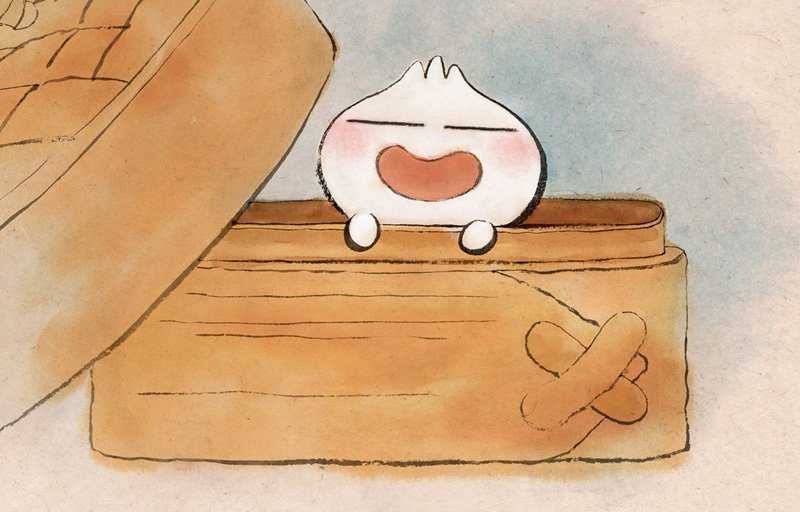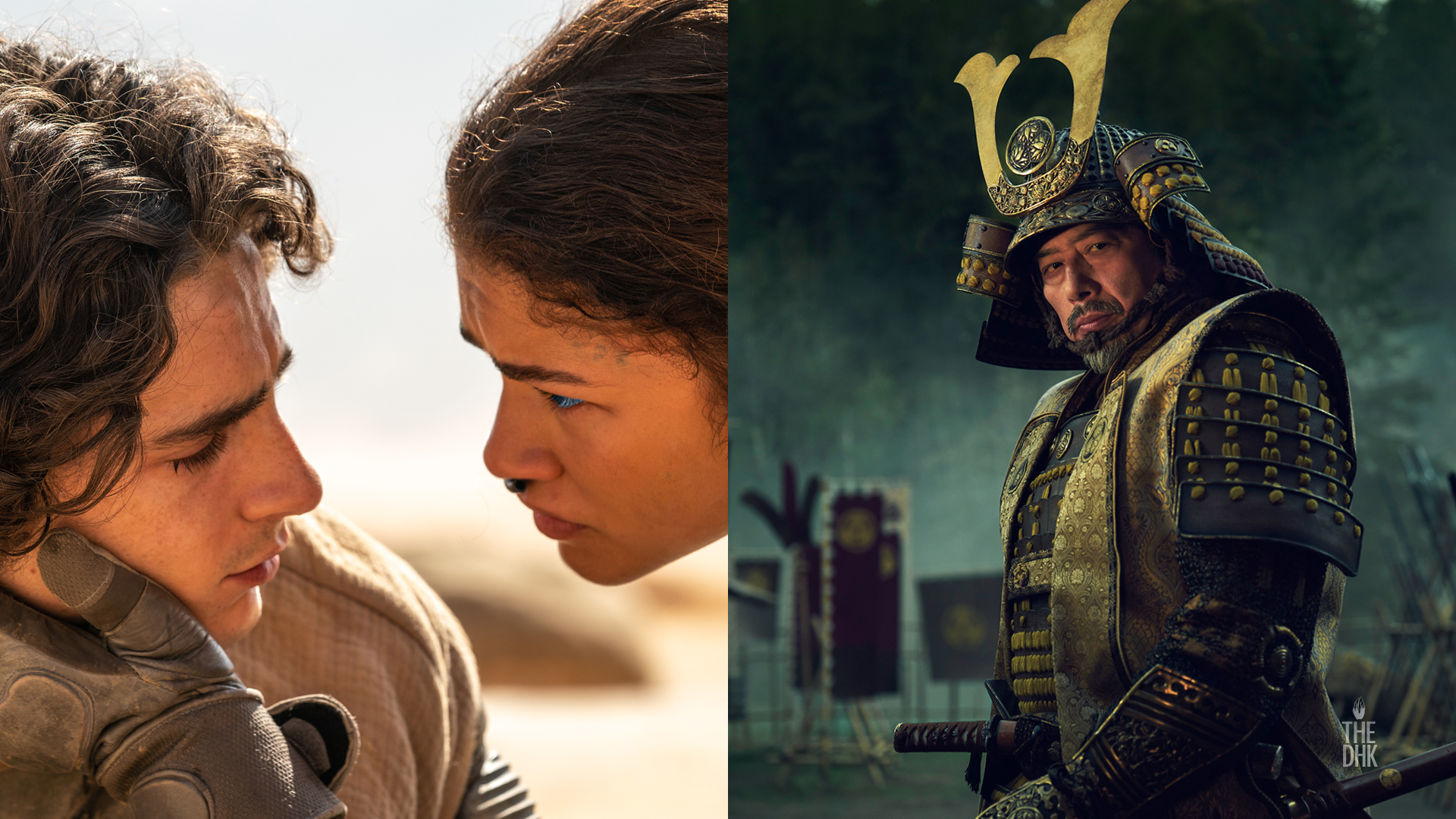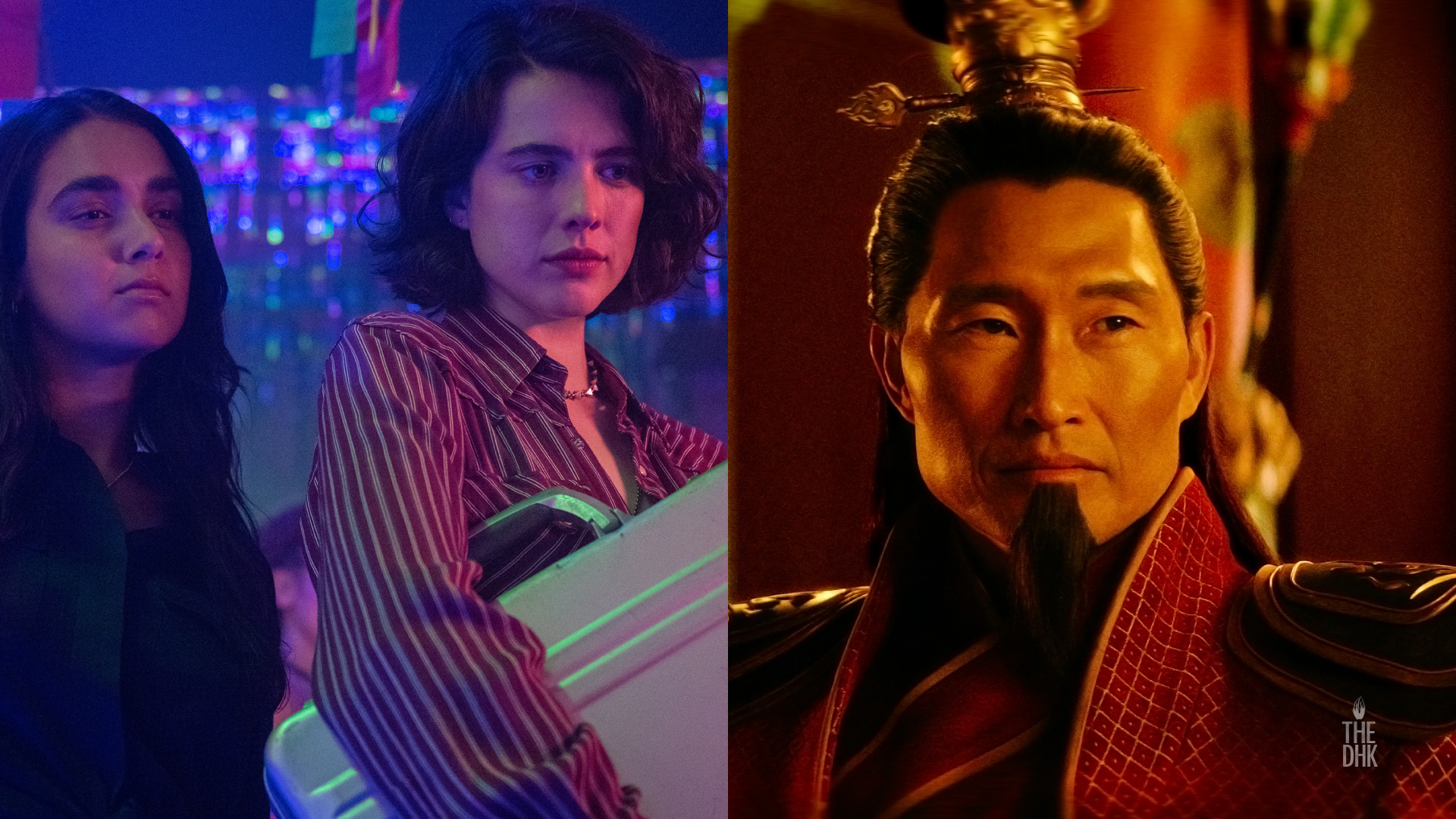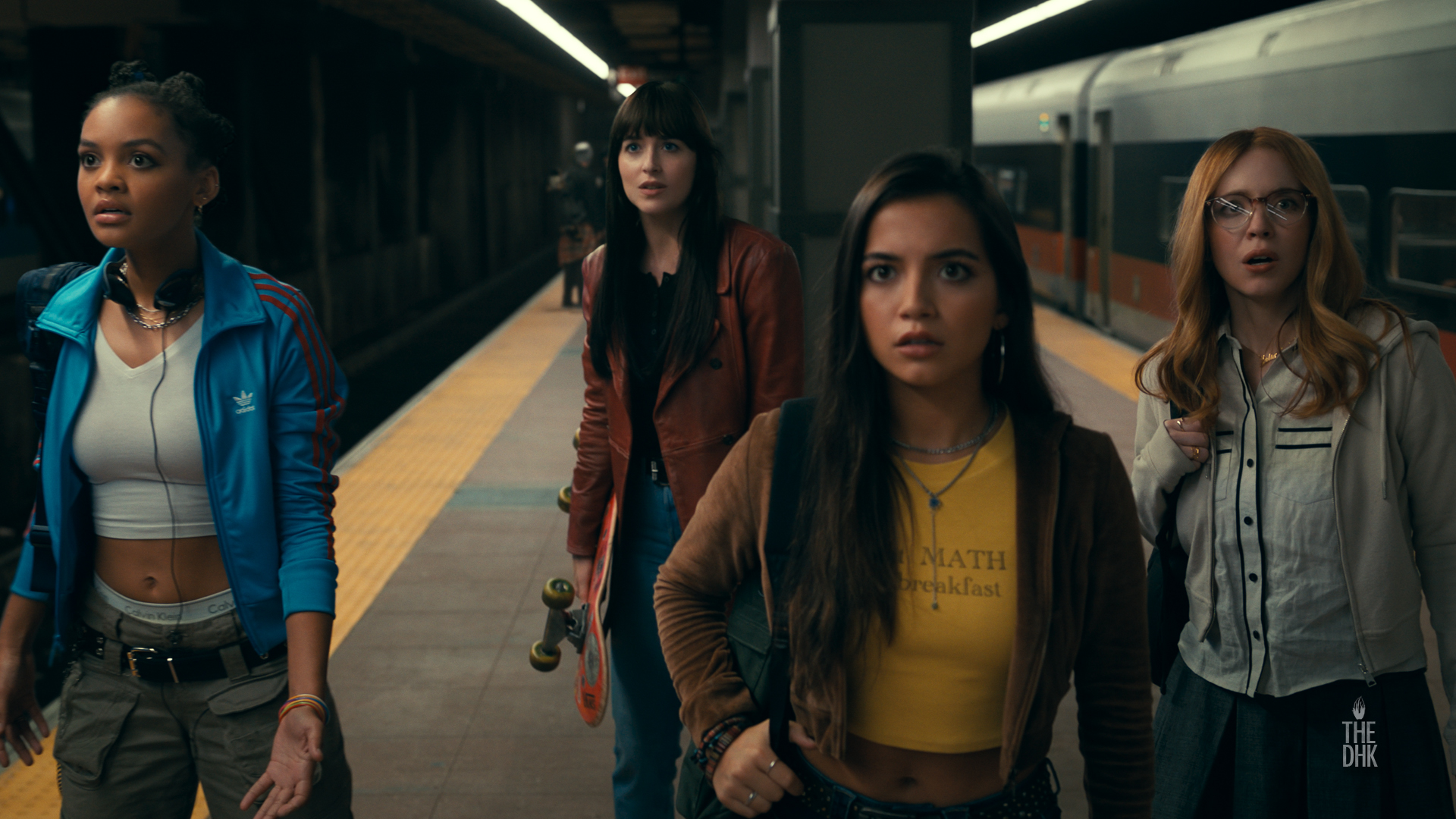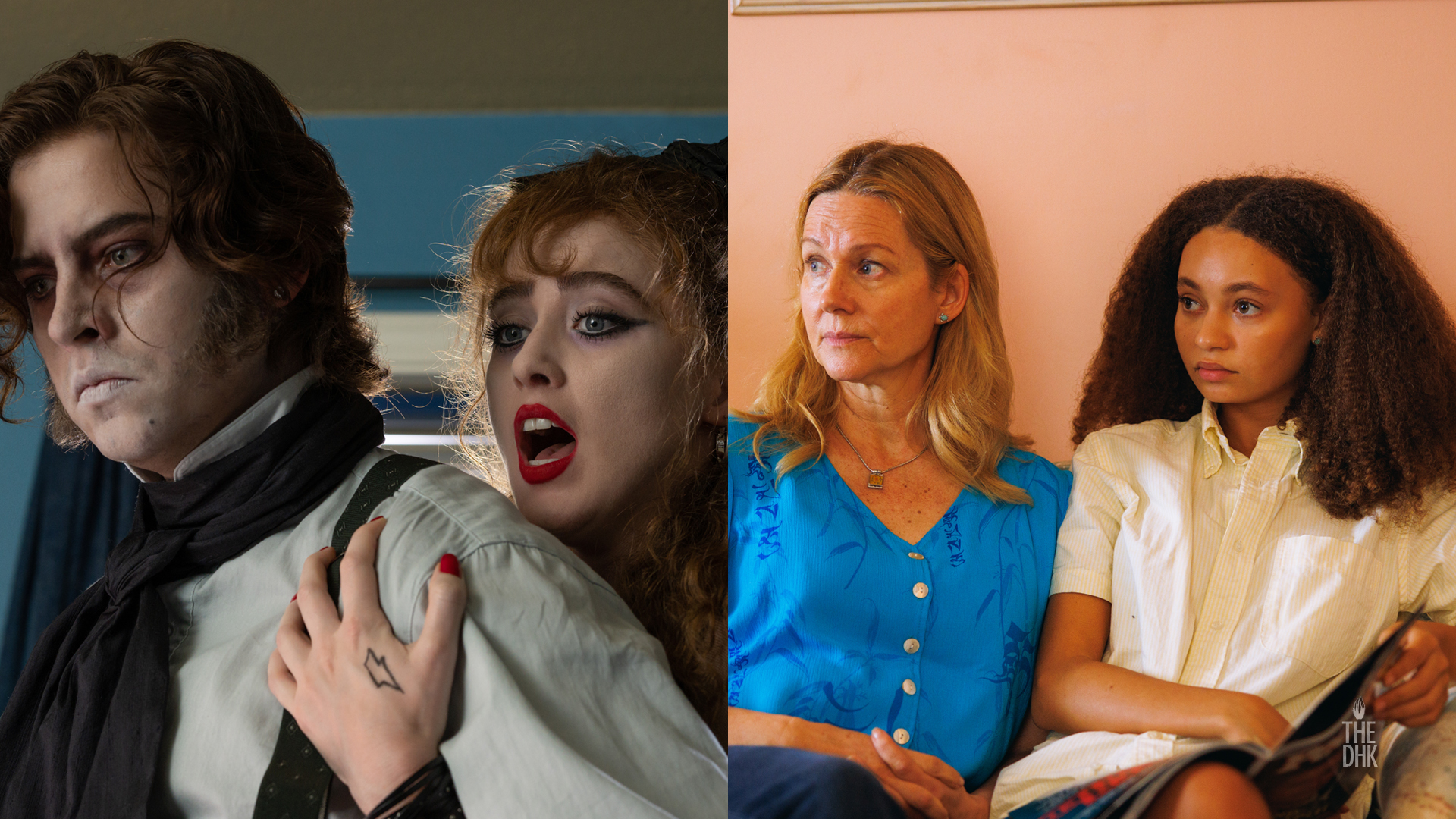Unless you were living under a rock this summer, you probably saw Disney Pixar’s Incredibles 2. In doing so you were treated to a delightful (though surreal) short called Bao. While many were excited for the return of their favorite superhero family, I found myself more amped for those 8 magical minutes that preceded the feature, and here’s why.
Bao marked the first film directed by a woman at Pixar, and not just a woman, but a woman of color. The majority of the films out of Pixar (and animation in general) have been helmed by white men. While women have had some opportunity in the director’s chair in animation, those opportunities are often not at major studios, or come with a co-director.
One hopes the future of animation and film in general will hold a more diverse slate of content all around. There was something so special and moving about seeing Bao, which features characters with a background I could relate to, that struck a chord that other films often don’t reach. Seeing yourself mirrored onscreen is a powerful powerful experience, I liken it to walking out of Wonder Woman and going “Oh, THIS is how men feel after coming out of a superhero movie, empowered!”
A similar sentiment was felt later in the summer of 2018 with Crazy Rich Asians. Seeing the success of these stories grants validity to the long held sentiment that diversity in front of and behind the camera is integral to continued artistic (and commercial) prosperity.
I had the chance to chat with director Domee Shi and producer Becky Neiman-Cobb about the film.
Interview
DHK: I’d love to start with what was the most logistically challenging and what was the most emotionally challenging scene?
Becky: Domee do you want to take emotion and I’ll take logistics?
Domee: For me, well I don’t know if it’s emotional, but the hardest thing for me personally making this short was just developing the story for it. The ending specifically was always a very challenging thing for me to sell because it’s such a surprise at the end. It’s a little weird. It’s a little controversial, and it took a lot of different versions to come up with just the right way to reveal the true story behind the dumpling metaphor fantasy and to keep audiences still in the movie after the mom character eats the dumpling. So, just for me, I pretty much storyboarded the whole thing myself over the course of a couple years and I just worked out different versions of it. Different ways to reveal the real son coming in to the room. I tried different versions where maybe she wakes up in the hospital. So for me that was always the hardest part to develop because it was like oh how much do we set up in the beginning? Do we hint at it a little bit more? So yeah that for me was the most challenging part of making the short.
Becky: And then technically once we got into production, doing food effects – special effects of food – was our biggest challenge. We had some sense it would be hard, but I don’t think we knew just how hard it would be until we got in there. A lot of it has to do with the fact that we’re all experts in what good food looks like, so if it’s a little bit off everyone would notice and it was super important for us to get that right. It was “this is how mom shows her love” so it had to be appealing, it had to be loving. And probably the two biggest challenges were the dough and how the shape changes and that opening shot. It was important for Domee to have it be this one long shot where you’re seeing all these things happen to the dough.
Domee: No cuts!
Becky: Our technical artists would ask Domee “Could this be three shots? Because then we could cheat some things or hide some things?” Domee really wanted that initial shot to be identical to how her mom makes dough for dumplings so it was just really important. It just took a while. Doing organic looking material in the computer is just challenging. Computers are much better at hard, symmetrical, shiny, surfaces. This was just so different.
And then that pork filling that was inside of dumpling. It took us a while. It was a lot of back and forth between our technical artists and our art department artists, our production designer, Rona Liu, to really art direct that. To make it look appealing and really not, you know, gross frankly.
DHK: I was going to ask you to settle something for me, because I was like that’s pork, that’s definitely pork dumpling.
Becky and Domee: Yeah!!
Domee: Pork and chive!
Becky: And you know in real life pork filling, raw meat doesn’t look good in real life, so it was like how do we make this look good and believable?
DHK: Absolutely! I’d actually love to know what the biggest change between the first iteration of the story percolating in your brain to the version we saw on screen was? Or did it kind of stay true to that original concept? I know you just mentioned you were workshopping the end for a long time…
Domee: Yeah, yeah, so the very first version I ever pitched to Pixar was not too different from what the final version ended up being. All the major story beats were there. It always started with a lonely Chinese lady making dumplings in her house. One of them comes to life. She raises it. It grows up. Becomes a jerk. She eats it. In the end it’s a real that it was all a metaphorical fantasy for her son moving away. And those beats were always the same. The biggest differences were just the subtler, the smaller beats. Like in the middle montage part where the mom character and the dumpling character are growing up together and she’s raising it. I was playing around with different ideas and gags about how they could spend their time together.
For me I write with drawings so I just kind of storyboarded many many different beats and ideas. Like I had a beat where they go out and they eat noodles together. Or they go to the park and he plays around with other kids. Or they go to the public pool and splash around, because that’s what I used to with my mom. Or she brings him along to Mahjong night with her old Chinese friends. I would throw everything against the wall and see what sticks. I ended up stripping a lot of it, like piece by piece, I would strip those ideas away. Anything that wouldn’t directly showcase the mother character and the dumpling character’s relationship. Like if it was just a funny gag I would cut it at the end. Or if it didn’t revolve around food in some way I kind of cut it out. We were aiming for a six to seven minute short so in the end I had to kind of cut away any of the shoe leather and just kind of focus on what we needed to tell the story.
For the most part broad picture wise it has pretty much been this story. It’s just the details that’ve changed.
DHK: I was curious about the character design. What are the considerations you had to take with them? Obviously it’s a stylized piece but you’re representing a certain race of people who’ve been historically over stylized…
Domee: Yeah for sure, I worked really closely with Rona Liu, our production designer, to design the characters. They’re pretty much based off of, actually the mom character is based off of how I caricature myself. I don’t know if you have Instagram but you can check out my Instagram handle. I would often do funny little comics of myself, and over the years I’ve developed this caricature of myself with a bean head and like big nostrils and small eyes. I felt like growing up I was always teased for that so I felt like that’s my way of kind of owning it artistically. So me and Rona worked really closely together to design all the characters in this world and I think both of us being of Chinese descent, we’re both artists, we both love My Neighbors the Yamadas and Japanese Anime. We infused a lot of our inspiration and influences into the design of the characters. We’re drawing inspiration from our own lives too. Our moms, our dads, our aunts and grandmas. We populated this world with people we recognize and wanted to represent on screen.
DHK: Would you say there’s a noted difference in reaction from Asian audiences versus non-Asian audiences? Obviously there’s a universal story between parents and children, but culturally there are very specific things.
Domee: Yeah I definitely found with Asian audiences a lot of them were more, a lot of them were very emotional. Coming up to us after seeing the short, they’d be very grateful. There’s a gratitude and a very emotional reaction that they have after watching it. They kind of thank us for finally making their dreams come true, which is seeing themselves or their family or their world. Like a little slice of their world represented on such a big global stage. But it’s been really cool seeing the reaction from a lot of non-Asian people too. I love it when they come up and they’re like “even though I’m not Chinese or I’m not Asian, I totally identify. That’s my Italian mom, or that’s my Jewish grandma or something, or I’m the girlfriend character in this situation! Or oh my god this totally happened when I brought my non or my different ethnicity boyfriend or girlfriend back home.” It’s cool because this short touches lots of different people in lots of different ways. So it’s been really cool to see all the different reactions. A lot of moms really connect with this story. A lot of parents do, a lot of college kids. When we showed it to some college kids, we did some screenings for schools, some first year students were breaking down because they had just left the nest. They were like “Oh my god, oh my god I have to call my mom!”
So it’s been really cool seeing how the short touches people in different ways.
DHK: Actually speaking of moms, Becky you welcomed a kid during the production process right?
Becky: Yes!
DHK: I don’t want to ask “how do you balance” because that’s just what you do, that’s your job. You do work and are also a mom. So what’s the most rewarding part about having the short to show out of this?
Becky: Yeah I feel like it was such kismet that I got to start working with Domee on the short when I was pregnant. Then I went away and had the baby, kind of during the quieter time of production. Then I got to come back as we were heading in to animation and you know we’re working on animating a little baby dumpling, and I’ve got the real thing at home. Almost to sort of cross check our work? I almost sort of became a baby expert for the crew. Or Domee even would ask “Is this something a baby would do? Or is this how a baby would sound?” So it was so much fun for me to share my personal life in such a creative way. I became a mom, she’s my first baby. So being able to really identify with this mom character and I would turn to Domee every other day and be like “How are you able to channel and do such a strong – her voice and her point of view is so strong and authentic” in our main character of mom, and Domee is not a mom. I just couldn’t believe how well she was able to tell her story in such a real way. It was personally and professionally so gratifying. I feel so lucky that I got to work on this at such a perfect time in my life.
DHK: I’d be remiss if I don’t point out this is the first short film directed by a woman at Pixar.
Becky and Domee: Yay!
DHK: Which is incredibly exciting. So where would you want to see the animation industry in about five years in terms of gender parity?
Domee: Oh well I hope more and more female storytellers are highlighted. Diverse storytellers. I think definitely you’re seeing a slow but sure shift in the animation industry. You see it on the ground floor in animation schools all over the world. And across the country enrollment is now over 50% girls and that’s just so different from 20, 30 years ago where animation was mostly boys enrolling in animation school. It’s almost like naturally happening which is kind of crazy. But the first year population at CalArts is now like 75% girls, and when I was in school it was more like 50-50. I hope to see those numbers reflected in the industry, because that’s just something that’s happening and no one can stop it.
Becky: Yeah we also had a really strong female leadership team. We already talked about Rona our Production Designer, but our editors, our sound designer, our production manager, technical manager – they were all women. We were sort of this force, this lady force.
DHK: Great name for another short! I’d love to know, what’s one tangible thing you think that women, and particularly women of color, can do to help support each other behind and in front of the, well normally I say the camera but in this case it’s the computer.
Domee: Well I feel like for me the most helpful thing for me was just to find a community of people at the place that I worked, Pixar. In the beginning when I first started here there weren’t a ton of female artists in the story department. We all consciously made the choice to get lunch together once a month, all the female story artists. Slowly and slowly we turned it into a thing, and when more female new story artists joined we’d invite them out to lunch. Just to show that “Hey we’re small in number so we’re here for you, we’re here for each other. If you ever have issues or you feel. If you’re ever going through stuff or if you feel insecure about something and you’re the only one dealing with it… share it with us because you probably aren’t the only one dealing with it.”
I just think it’s so important to have that community of people who will support you, validate you and your feelings, but who will also be real with you when you need to have that real talk. It just doesn’t make you feel so alone in such a big world. So I think for women (and men) who find themselves in a new foreign situation, finding those people, finding that group is very important.
DHK: So if you both could go back to the beginning of production and give yourself one piece of advice what would it be?
Becky: One of the things we did as a crew was we took a Tai Chi class. I don’t know if you remember but there are a couple of shots of mom and dumpling doing Tai Chi.
DHK: Yup in the park!
Becky: Yes in the park! We loved it so much we did it, well first of all we were like we want to do it as research. Quite a few of us had never done it before and so we kind of wanted to get a feel of it so that our animators would know how to animate those shots. But I think as a crew we all enjoyed it so much and it was such a fun bonding thing, that I feel like I would maybe try to do it weekly as a crew. Look for more opportunities to get together and do something different like that. We had a few things like that that I’d probably try to do more.
Domee: For me I love to, I would have wanted to just do more R&D and research in food. In just the process of animating it and creating it on the computer. Studying it. I’m such a food nerd and I love deep diving into the process of making food. I know we did a couple classes with my mom, but if I could do it again I’d want to do more research. I’d want to emerge from this short like a dumpling making master. I still don’t think I am that yet (laughs).
Becky: (Laughs) You’re closer!
DHK: My last few questions are a little bit broader, so just first thing that comes to mind – what is your favorite dumpling filling?
Domee: For me, can’t go wrong with classic pork and chive. That’s what my mom would make for me growing up. It’s just a very nostalgic flavor in my mouth. Pork and chive boiled dumpling.
Becky: For me, after working on this short especially, I have a full on pavlovian reaction anytime someone says “dumpling” to pork and chive. I’m like where’s that. I need it.
DHK: What inspires you?
Domee: Watching films and tv shows. Just rewatching a lot of my favorite tv shows. Just things that I grew up watching. I always feel like I could turn it on and be inspired. Like I could watch Spirited Away a million times and always find something new to appreciate about it.
Becky: I have somewhat of a cheesy answer but it’s true. It’s so gratifying to me to support people who do their best work. That’s what brings me a ton of joy and makes me so lucky to get to do what I do here at Pixar.
DHK: Awesome, on the flip side, what frustrates you?
Domee: Bad movies or bad tv shows. Cause then I’m like “What? Why did people give money to this project?! Why would they waste all these resources!” Or I would look at a bad movie or I would see talented people’s work in it, but I would see that it’s wasted or utilized in a bad way and I’d get really frustrated that this exists. And there’s still so many brilliant artists out there who haven’t been given the chance yet. I get all up on my high horse and just start ranting to my boyfriend at home and he’s like “Yes, yes Domee, that’s life” (laughs).
Becky: For me it’s close minded people, or people who don’t listen. That’s frustrating to me.
DHK: That’s a nice way to say that! What’s a guilty pleasure?
Domee: For me a guilty pleasure of mine is reality competition shows. I think they’re so great because they just capture humanity and competition and that drive in all of us to win and succeed so well. It’s so interesting to see a group of people from all walks of life compete and vie for the same thing. Like I’m really into Project Runway right now. I’m also really into Top Chef. I’m also a competitive person too. Part of me has always wished there was some sort of animation reality competition show cause I would have totally signed up for it!
Becky: Oh my god you would kill it too!
Domee: I’d be like the ice queen who isn’t here to make friends (laughs).
Becky: My guilty pleasure is yacht rock. Like Hall and Oates, Michael McDonald, and Kenny Loggins. In two seconds if I hear any song by any of them I’m in a good mood. Oftentimes it’s like our Saturday morning at home. We’ve got a nice highly curated Pandora mix of the hits.
DHK: My last question is how do you define success now, and has that changed from when you were younger or earlier in your career?
Domee: I guess when I was younger I thought it was just like money and stability and 401k and stuff. Now it’s just feeling satisfied with the work that you do every day and feeling good about it. That to me is success because that’s so hard to achieve. Having a job that you do everyday that gratifies you and fulfills you. For me that’s success.
Becky: Similarly, yeah for me ,I feel the same way. My goals were a lot different, like what Domee described. Now I feel like I just feel like I’m contributing to something bigger. Being able to collaborate here at Pixar, being able to contribute to the greater good. That’s what’s important to me now.
DHK: Thank you both so much!
